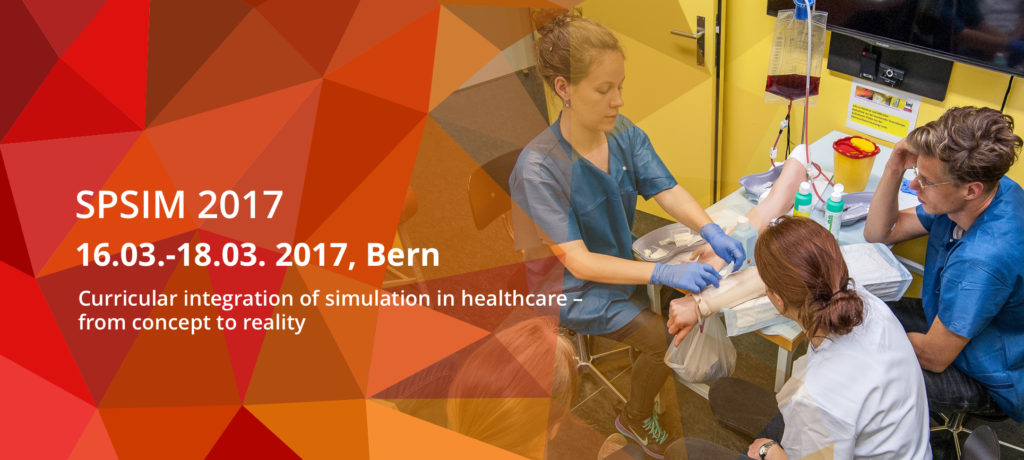Background:
Virtual reality (VR) has entered the realm of simulation. Once a privilege of big structures with substantial means, it has recently become affordable to schools and simulation labs due to the rapid development of cheaper technical solutions which are now easier to implement. We are referring to cameras capable of filming in 360°, headsets hosting smartphones used to display 360° videos and open source frameworks ensuring interaction between learners and the virtual world.
We use VR combined with hybrid simulation to target urgent medical care actors with field experience in the context of their continuous training. Experience has shown that this group is somewhat reluctant to the simulation process. Indeed, by using VR we intend to increase the interventions’ realism and to focus the learners’ attention.
Learning objectives:
The main objectives of this workshop are to:
- Demonstrate how VR can enhance realism in a variety of situations and facilitate interaction with the Simulated Patient (SP).
- Present the available equipment as well as the technical solutions that can be used to achieve cost effective projects.
- Brainstorm new ideas on the implication of VR in simulation.
Description.
The workshop will begin with a presentation of different technical solutions already available on the market: 360° cameras, different types of headsets, computers and smartphones, communication software and interaction with learners.
Then, participants will be invited to try different VR solutions in a variety of extra-hospital patient care hybrid simulations with SPs.
Lastly, a round-table will be organised around our ideas on VR development.
Target audience:
Doctors, nurses, paramedics, ambulancers, simulation lab technicians
